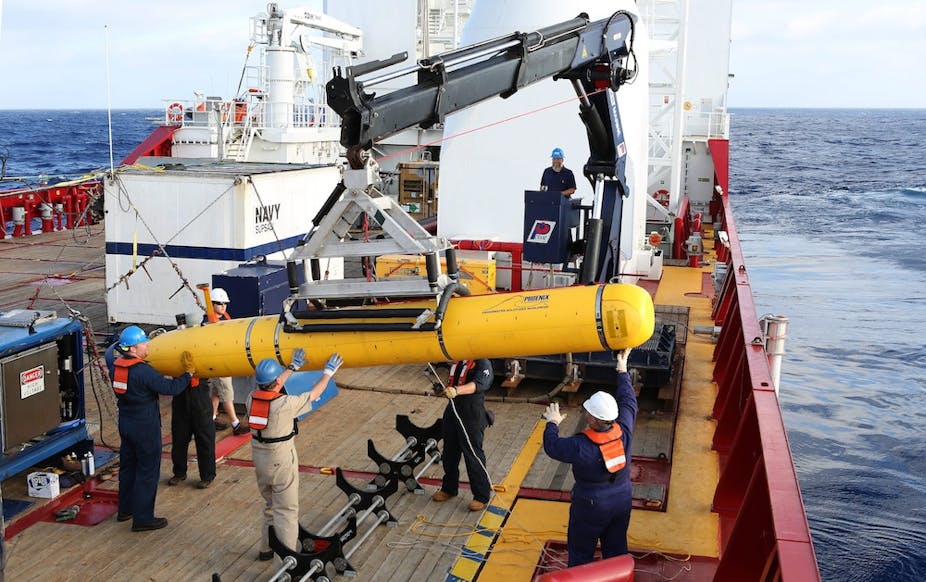While Malaysia Airlines continues to provide welfare and support to the families of the passengers of MH370, compensation will soon become a priority.
However, just what Malaysia Airlines’ legal liability might be is not clear cut, depending largely on determining the circumstances of the disappearance of the plane and whether this was an accident, as well as a raft of complex legal treaties that could see some families treated more favourably than others.
Acts of terrorism, including bombings and hijackings, have been held to constitute accidents on the basis that terrorism is a risk characteristic – or a hazard – of air travel.
Which treaty applies?
Since 1929, liability for passenger injury or death on board an international flight has been determined by a number of international treaties. The Warsaw Convention was the first of these treaties, and the latest – 70 years and many treaties later – is the 1999 Montreal Convention, considered the most passenger friendly treaty in the regime.
Determining which treaty applies to a particular journey can be tricky. The key is finding the same treaty in place at the point of departure and the passenger’s final destination. Most likely that will be the Montreal Convention which has to date 105 state parties.
And, in terms of a passenger’s journey, passengers on board MH370 may well be subject to different liability regimes. MH 370 disappeared while flying from Kuala Lumpur to Bejing. The Montreal Convention would apply to passengers on that ticketed one-way or return flight; both Malaysia and China are parties to that Convention.
We understand that 227 passengers were on board from 14 nations, and that most passengers lived in either Malaysia or China. However, it may be that, for some passengers on that flight, and regardless of residence, their “ticketed” journey – was more extensive than that KL-Beijing leg.
For those passengers, other less favourable liability regimes may apply. Again, one looks for the same treaty in place at the beginning and end of a passenger’s total journey.
States, not airlines, are parties to air carrier liability treaties.
Potentially unlimited liability?
So what are the Montreal passenger compensation limits? Or is MH’s liability potentially unlimited?
Article 17 of Montreal provides that a carrier:
is liable for damage sustained in case of death or bodily injury of a passenger upon condition only that the accident which caused the death or injury took place on board the aircraft or in the course of any of the operations of embarking or disembarking.
Death or injury must be caused by an accident. The most widely accepted definition of an accident is set out in the decision in Air France v Saks, in which the US Supreme Court stated that liability under Article 17 “arises only if a passenger’s injury [or death] is caused by an unexpected or unusual event of happening that is external to the passenger …”.
Article 21 of Montreal provides that, for damages arising under Article 17 not exceeding 113,100 SDRs (or about A$186,000) per passenger, the carrier cannot exclude or limit its liability. An SDR or “special drawing right” is an IMF-created international reserve asset based on a basket of four international currencies.
And a carrier’s liability – MH’s liability – is potentially unlimited unless it can prove that damage “was not due to the negligence or other wrongful act or omission of the carrier or its servants or agents” or that such damage was “solely due to the negligence or other wrongful act or omission of a third party”. Burden of proof lies with the carrier.
Scores of judicial decisions have considered Articles 17 and 21.
Relatives of the victims of Air France Flight 447, the flight which crashed into the Atlantic Ocean in 2009, each received direct compensation of US$177,000 from Air France. And reports suggest that, in terms of compensation for the MH 370 accident, more than US$110 million has been placed in an escrow account.
Bringing an action
Finally, in terms of jurisdiction, passengers (or their relatives or next of kin) can bring an action in a place which is the domicile of the carrier, the principal place of business of the carrier, the place where the carrier has a place of business through which the contract of carriage was made, the place of destination, or the principal and permanent residence of the passenger and to or from which the carrier operates services for the carriage of passengers (either on its own or through an agreement with another carrier).
In other words, Montreal is a passenger-friendly treaty.
Any action must be brought within two years from the date of arrival at the destination, or from the date on which the aircraft ought to have arrived, or from the date on which the carriage stopped.
With no “hard evidence” to verify what happened to missing flight MH370 or its final resting place, it is difficult to determine the extent of MH’s liability. With no new pings heard, the batteries in the plane’s black box may already be dead, further complicating the search for MH370 and making it harder for authorities to ascertain exactly who or what was responsible for the flight’s disappearance.

